Concrete Tanks Come to Hunt Country
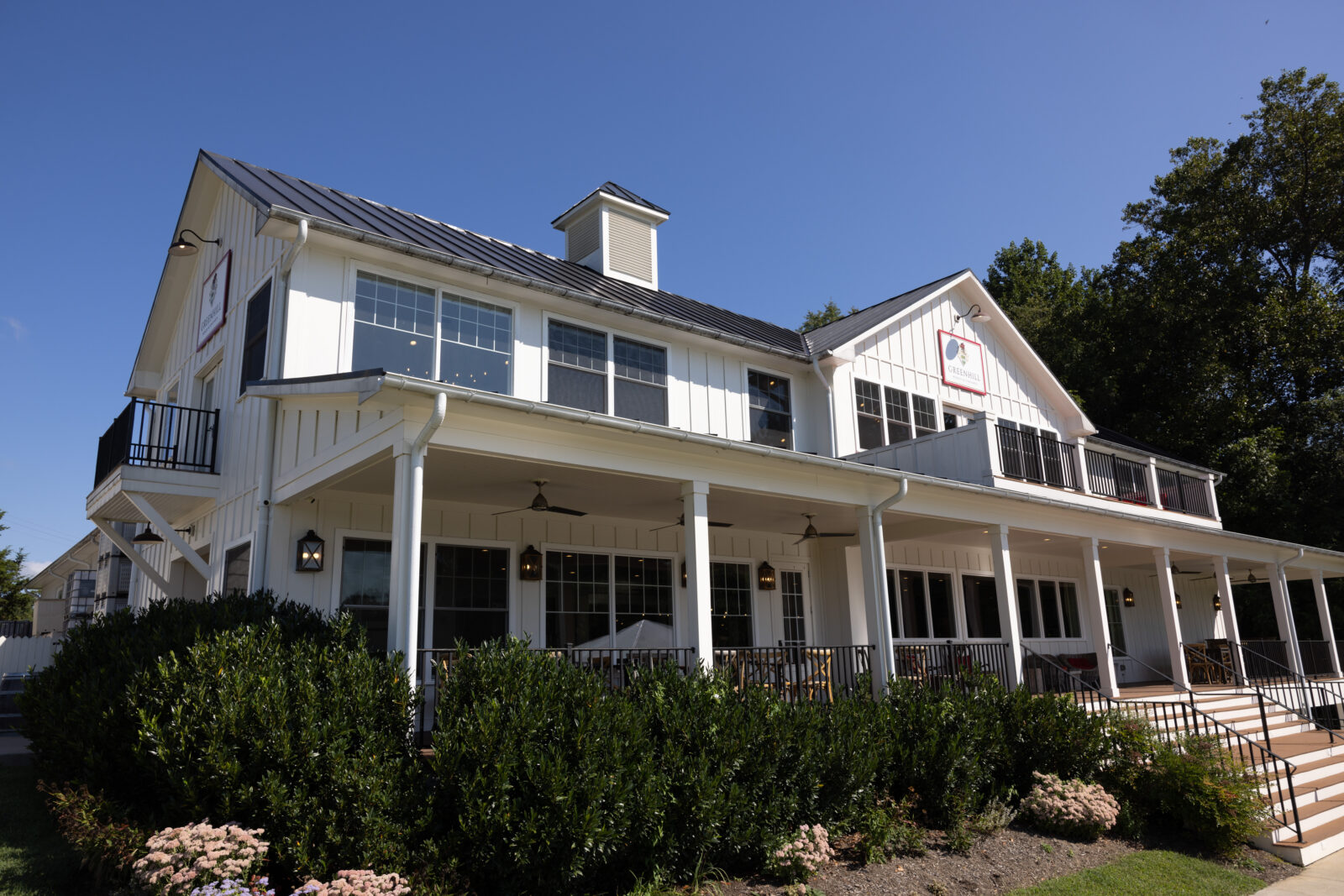
Written by Kaitlin Hill
In their signature egg shape, the concrete tanks popping up at a handful of Hunt Country vineyards might look futuristic. However, their use in winemaking harkens back to a similar concept used roughly 8,000 years ago by ancient Georgian winemakers. Though the process is time-tested, for local winemakers implementing the technology for the first time, this is a brave new world of winemaking that promises desirable results for Virginia oenophiles.
“Using concrete and the egg shape and rounded edge tanks is an age-old process in winemaking that is simply being reintroduced, in many ways with a modern twist, to the Virginia winemaking arena. The ‘egg’ shape concept is as old as 8,000 years with the Georgian winemakers using qvevris or better known amphorae,” shares Jon Hickox, owner of The Winery at Bull Run and Old Farm Winery at Hartland. Hickox and his team at Bull Run use Nomblot tanks from France for all of their red wine production. He continues, “The same properties which made those ancient clay vessels ideal for wine fermentation are the same properties that exist in our modern concrete tanks. They are natural insulators ideally [suited for] longer, cooler, and consistent fermentation.”
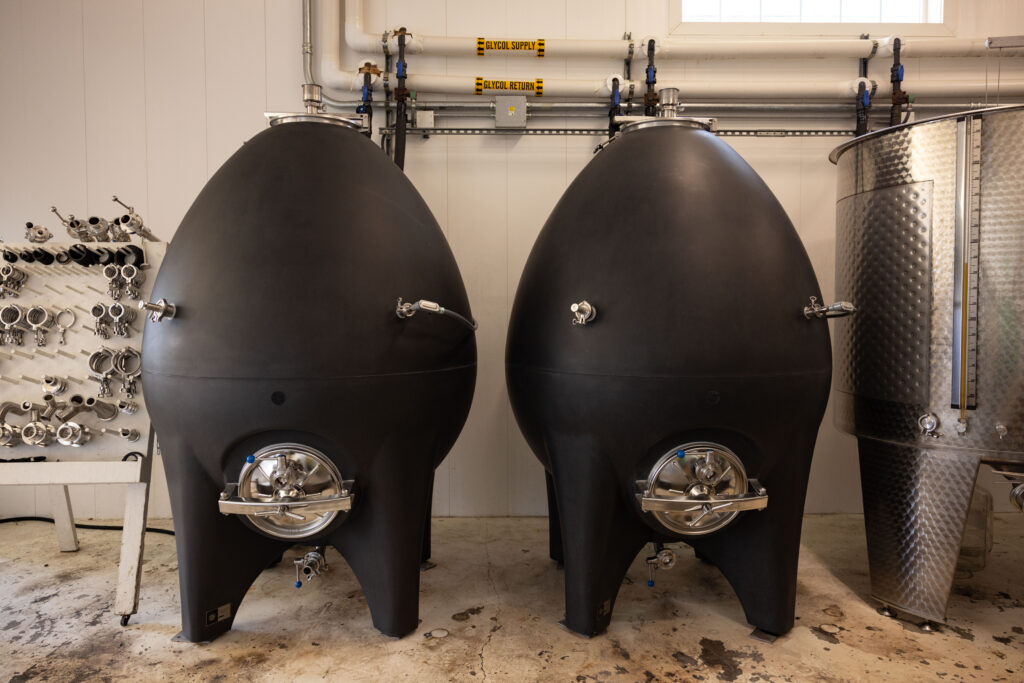
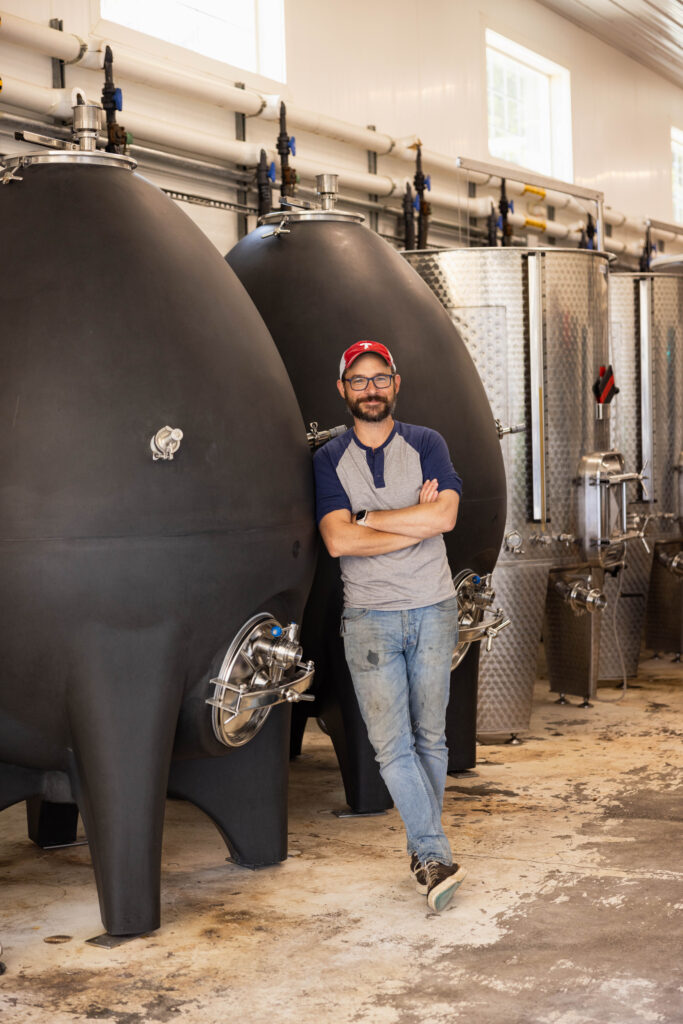
Ben Comstock, the winemaker at Greenhill Vineyards, explains, “Most wineries use steel tanks and oak barrels to age wine; concrete is another tool in the arsenal. Aging itself is really just a very slow exchange of oxygen with the wine. Concrete allows for a micro-oxidative process because the material is porous, so it’s a different rate of exchange.” Comstock uses two concrete tanks for production. Both were installed this year. For Comstock the ability to control how much flavor is imparted on the wine by the vessel it is aged in is the standout benefit of these new tanks. He explains, “Where oak will add tannin and flavors like toast or vanilla, new concrete will add a minerality that can help lift certain wines.”
Why the egg shape? “Concrete will also hold temperature consistently well, another important aspect to aging wines. The egg shape has a lot to do with that. As the temperature warms, the bulk of the wine, the lower portion, will rise to the smaller, cooler upper portion creating a cyclical even disbursement,” explains Comstock.
At Greenhill, Comstock is using his tanks for Chenin blanc. “We recently started producing Chenin blanc, and as one of the few producers of that varietal in the state we really want to make our mark with it. Concrete was one of the first things we thought of in regards to elevating this wine… The ideal of a broad but smooth wine with very clean and singular fruit notes is what we’re aiming for, with the concrete as part of the package.”
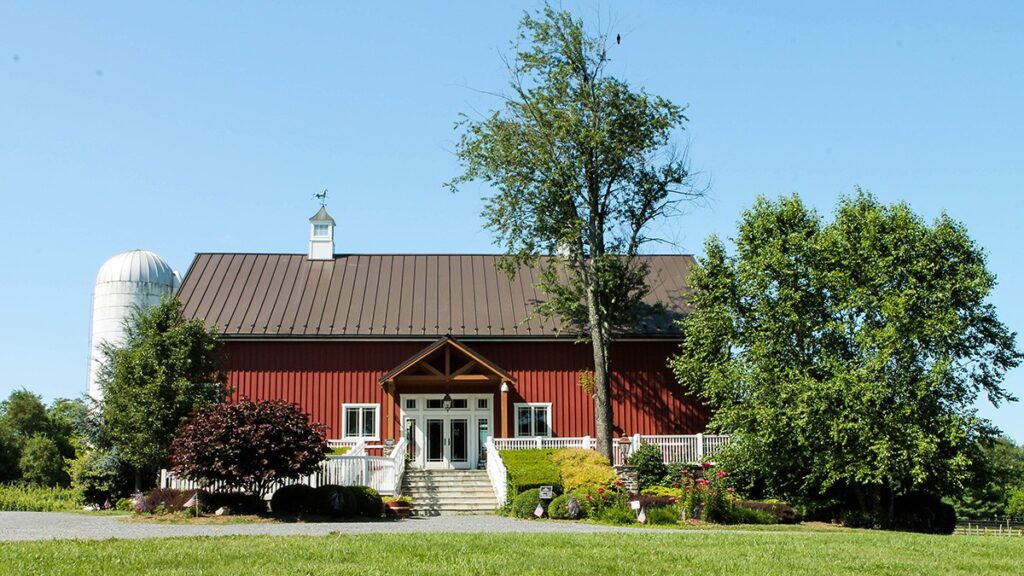
Katie Key of Sunset Hills Vineyard in Purcellville, a partner property of 50 West in Middleburg, echoes Comstock’s sentiments. Sunset Hills ordered their first concrete tanks in October 2022 and added more to their collection this September. She has seven large concrete tanks dedicated to reds, and six smaller cube-shaped concrete tanks at her disposal. She shares, “I would say that the tanks allow us to hone the impact of different aging techniques in the production of our whites, our rosés, and our reds.” Specifically for the reds she adds, “The long-term aging of red wines without any pickup of oak is going to be a game changer for us.”
More than flavor, Key says concrete tanks lend themselves to a more efficient workflow, too. “These tanks obviously hold way more wine than barrels do. So, our winemakers can manage fewer vessels.” And their smaller concrete tanks “are actually cube-shaped, so you can stack them on top of each other if you wanted to. … That offers us some functionality inside of the cellar.”
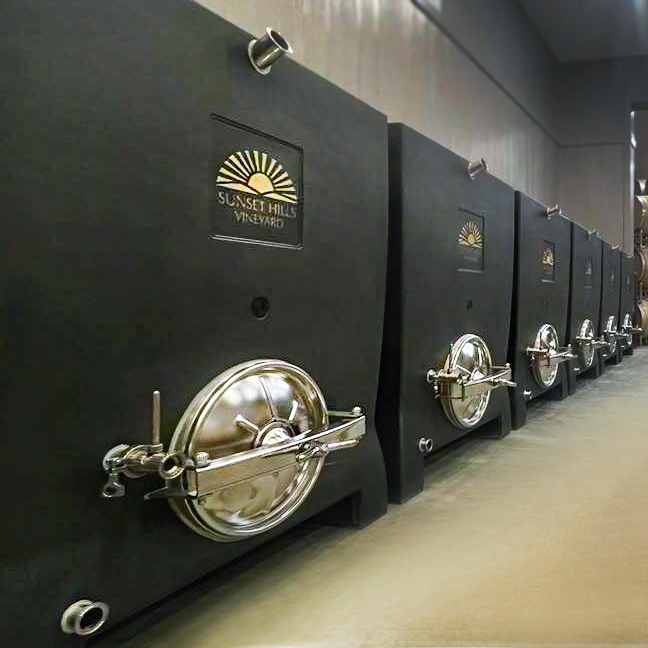
Though perhaps most importantly is the impact these tanks will have on the wine drinking experience. Key says, “Customers can expect a flavor that accentuates the fruit character and crisp palate structure.”
Still relatively rare on the East Coast, with more control for winemakers and an enhanced experience for those enjoying a glass, the concrete tank concept will undoubtedly spread. To Key, this means more possibilities, and more responsibility for those that are vanguards of the practice. Perhaps she puts it best, sagely sharing, “We’re extremely excited about the opportunity, but also excited to share best practices for those that are adopting it.” ML
Published in the October 2023 issue of Middleburg Life.








